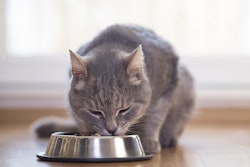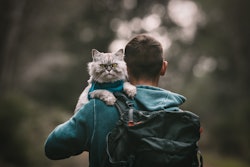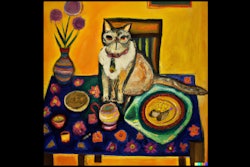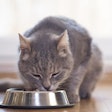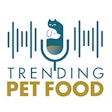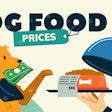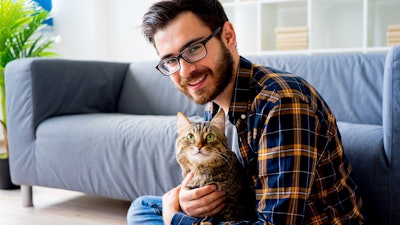
Adapted from a press release.
According to a recent report from the Central Association of Zoological Specialist Companies (ZZF), a Deutsch pet trade and industry association, Germans love life with animal companions. In 2023, 34.3 million dogs, cats, small animals and pet birds lived in German households. There were also numerous animals in terrariums and ornamental fish in aquariums and garden ponds.
According to the report, overall, 45%, almost half of all households, have at least one pet. These results came from a representative survey that the market research institute Skopos carried out for the Pet Supplies Industry Association (IVH) eV and the ZZF in 5,000 households.
Cats remain the most popular pet
The cat is still Germany's number one pet: a total of 15.7 million of them lived in 25% of German households in 2023. In 42% of all cat-owning households there were two or more cats at home.
Dogs are also popular: of the 10.5 million dogs in 21% of households, 43% are mixed breeds. Five percent of households lived with 4.6 million small animals such as rabbits, guinea pigs, hamsters and mice.
The number of ornamental birds, such as parakeets, canaries and small parrots, was 3.5 million in 3% of households in 2023. During the same period, there were 2.2 million aquariums in 4% and 1.3 million garden ponds with ornamental fish in 3% of households and 1.2 million terrariums in 2% of households.
“Dogs, cats and the like can greatly enrich the lives of 'their' people," said Norbert Holthenrich, president of the ZZF. "The prerequisite is that they feel comfortable and are cared for according to their needs. We are all the more pleased that the total number of pets kept in households in Germany has remained stable at a high level over the past few years.”
Pets are particularly popular with families with children
In 2023, 67% of all families with children had an animal living with them. In addition, pets can also be found in many single households: 33% of all singles had a pet in 2023. In addition, according to a survey by market researchers, in 2023 at least two species of pets were kept in 14% of all households.
Many pets live in multi-person households
According to the report, most pets in Germany live in multi-person households. The proportion of two-person households is 35%, the proportion of households with three people or more is 36%. Furthermore, 29% of pet owners live in single-person households.
Age of pet owners almost unchanged
The age structure of pet owners has hardly changed over the last few years. In 2023, many animal lovers were still in their middle age: 19% were 30 to 39 years old, 18% were in the 40 to 49 age group and 22% were in the 50 to 59 year old group. The proportion of pet owners up to 29 years of age was 16%. At 25%, pet owners over 60 continued to be the largest group.
Sales for feed and supplies increasing
The German pet industry continued to develop positively in 2023 despite a generally tense economic situation. With total sales of €5.616 billion (US$6.05 billion) in 2023, stationary specialist and food retailers recorded a sales increase of 9.5% compared to the previous year.
Sales for ready-to-eat food amounted to €4.495 billion (US$4.484 billion). Supplies and accessories came to €1.121 billion (US$1.2 billion). Added to this were €1.316 billion (US$1.42 billion) from online trading and €161 million (US$174 million) for wild bird food. The total turnover of the German pet industry in 2023 was around €7.1 billion (US$7.54 billion).
In the pet food sector, sales increased in almost all pet segments. “The reasons for this can certainly be partly attributed to increased demand,” said IVH chairman Georg Müller. “The increase in sales primarily reflects the companies’ increased costs for energy, raw materials, packaging and transport."
Overall, the pet market has held up very well in 2023, Müller and Holthenrich conclude from the economic data -- despite difficult economic conditions with high energy prices and significant inflation.



